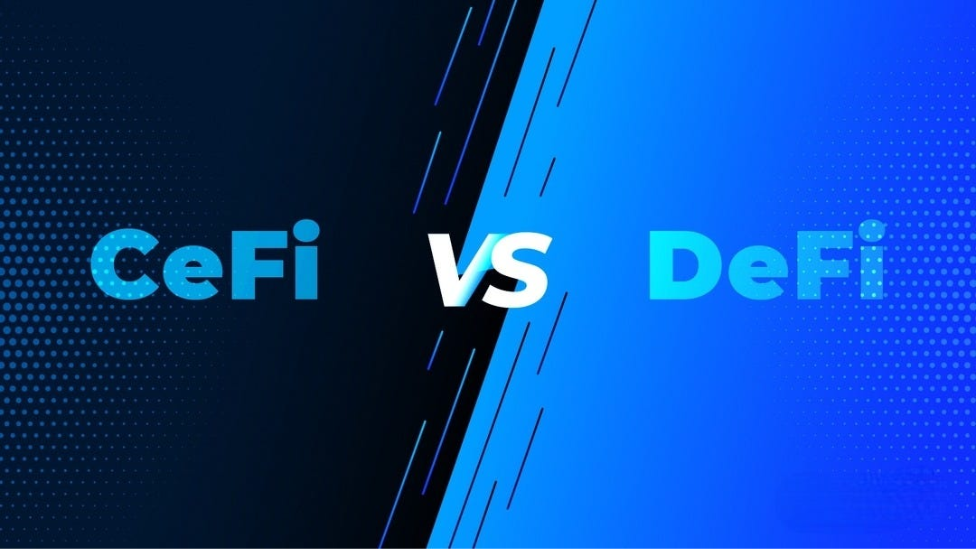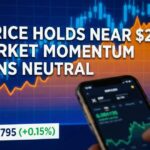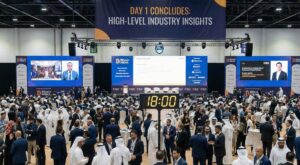Blockchain technology is changing the banking industry by offering cutting-edge alternatives to established financial institutions. There are two notable concepts within this field: Decentralized Finance (DeFi) and Centralized Finance (CeFi). Although DeFi and CeFi exist within the blockchain ecosystem, they possess distinct principles and functionalities that set them apart. This article explores the main differences between DeFi and CeFi, providing a clearer understanding of what they mean
Understanding Decentralized Finance
DeFi encompasses a wide range of financial products and services developed using blockchain technologies within the public blockchain space. DeFi is a financial system that works everywhere and is open to everyone. It allows users to have complete control and clear visibility over their finances. It also gives them access to markets around the world and options other than their local currency or standard banking option. DeFi made it possible to create numerous opportunities for establishing a financial system that is both transparent and resilient.
What is Centralized Finance?
In CeFi, the concept revolves around centralizing all crypto trading requests. For instance, Binance is a well-known name in crypto. Users create an account with these companies and use the same platform primarily to transfer and receive funds. However, that is not the entirety of it. In addition to offering crypto trading services, these types of exchanges also support various other services, such as borrowing, margin trading, and lending.
Differences Between CeFi And DeFi
One notable distinction between DeFi and CeFi lies in their regulatory frameworks. In CeFi, the system is subject to regulation, whereas DeFi operates unregulated.
In CeFi, the exchanges are responsible for ensuring users’ funds’ safety. However, DeFi operates under the assumption that transactions will be successful due to the execution of smart contracts. These contracts serve as agreements between two parties and enforce specific rules and terms of negotiation when certain conditions are met.
In CeFi, the prevention of trade and the imposition of limitations on users are indeed possible. However, DeFi does not offer the same possibility. It operates in a permission-less manner, which is in contrast to CeFi, where it requires permission.
Also, CeFi exchanges facilitate the smooth and effortless conversion of fiat currency to crypto. This ensures a convenient and seamless process for users.
Similarities Between CeFi And DeFi
- Both platforms offer a wide range of financial services that let people borrow, send, save, pay bills, and trade.
- It lets users buy and sell crypto and allows them to switch from traditional fiat currency to digital assets on both DeFi and CeFi platforms.
- They both offer support for stablecoins.
Conclusion
Decentralized Finance and Centralized Finance represent two distinct approaches within the blockchain ecosystem. However, CeFi and DeFi both want to reach the same goal, which is to make trading in crypto more common and increase the volume of trading.




























